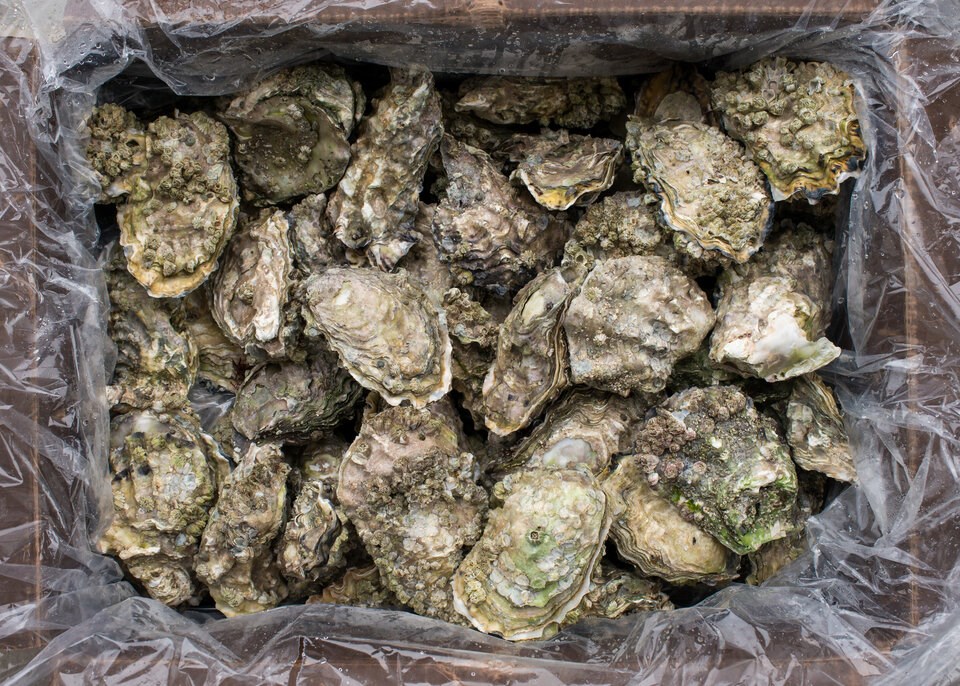A group of B.C. scientists is moving to create an early warning system to pinpoint the source of human and animal fecal pollution — a poop contamination problem that regularly plagues the shellfish industry and local beachgoers.
In a two-year project partly funded by the non-profit Genome BC, researchers from the University of British Columbia and the BC Centre for Disease Control (BCCDC) plan to create a two-step genetic test to distinguish whether marine fecal pollution is from humans or animals, and if the latter, which species is responsible.
Determining the source of ocean poop is expected to allow communities to take action, lower contamination, and reduce prolonged closures of shellfish beds and beaches. It’s also expected to help avoid future contamination before it starts.
Natalie Prystajecky, a project co-lead and clinical associate professor at UBC’s department of pathology and laboratory medicine, said the team is currently ramping up lab work to develop and validate the molecular polymerase chain reaction (PCR) test to replace a water-testing method now well over a century old.
“There's lots of fecal pollution in the world and in the waterways, and sources can be from runoff from the surface; it can be from the marine animals themselves; or it can be from humans,” said Prystajecky.
“This will help us pinpoint some of that.”
Human poop more dangerous
Currently, when fecal pollution reaches certain levels, regulations force immediate closures of shellfish-harvesting areas and recreational beaches. But that method of measuring waste doesn’t make it clear whether it’s coming from animals or humans. That makes it hard to know where the pollution is coming from and how risky it is.
“Fecal contamination for humans is slightly higher risk and that's because if a virus infects a human, it can also affect another human,” said Prystajecky.
That's especially true for norovirus, which has heavily impacted B.C.'s shellfish industry in recent years, and has no known animal host outside of humans.
In 2016 and 2017, a norovirus outbreak linked to B.C. oysters affected roughly 400 Canadians. Similar outbreaks hit 176 Canadians in 2018 and 339 people in 2022. Investigators later suspected several of the outbreaks may have been the result of commercial fishing vessels dumping their sewage tanks near shellfish beds in Baynes Sound, B.C.
Other jurisdictions like Alberta and Ontario have used the PCR testing to monitor water quality at beaches. But Prystajecky said she is not aware of any other place that has extended the testing to help the shellfish industry or Indigenous communities such as the Malahat First Nation, which relies on shellfish as a local source of food.
Industry suspects bad septic systems to blame
Nico Prins, executive director of the BC Shellfish Growers Association, said a single norovirus-related closure in 2018 cost the oyster industry $10 million in direct losses. But that doesn’t come close to capturing the indirect damage outbreaks of disease have done to B.C.’s brand as an oyster-producing region. With every illness reported, Prins said other oyster-producing regions can sell their products at a higher price.
“It is basically regulatory agencies failing to ensure no human sewage enters the environment,” he said. “It’s being done to us. We’re essentially paying the price by closing down.”
Up to 70 per cent of B.C.’s oyster production occurs on a stretch of Vancouver Island’s east coast from Comox to Deep Bay.
According to Prins, that part of Vancouver Island's coast has a perfect blend of water bathymetry, freshwater runoff from streams, and an upwelling of cool water from the Strait of Georgia. He said a potential rise in fecal pollution in the Salish Sea is likely due to a growing urban footprint, and poorly regulated and maintained septic systems that have been overwhelmed by more people.
“The human impact has grown substantially,” he said, noting it's a challenge to find exactly where the contamination starts.
“Essentially, we don’t have a good idea where it comes from. You can’t solve a problem if you don’t know where it’s coming from.”
Prins said B.C.'s shellfish industry is doing everything it can to adapt to changing ocean conditions brought on by human-caused climate change. But until now, fecal pollution coming from an untold number of sources has been nearly impossible to confront. Prins said he is glad a government agency like the BCCDC is finally taking a first step to address the problem.
“It is the most unpredictable variable,” he said.




